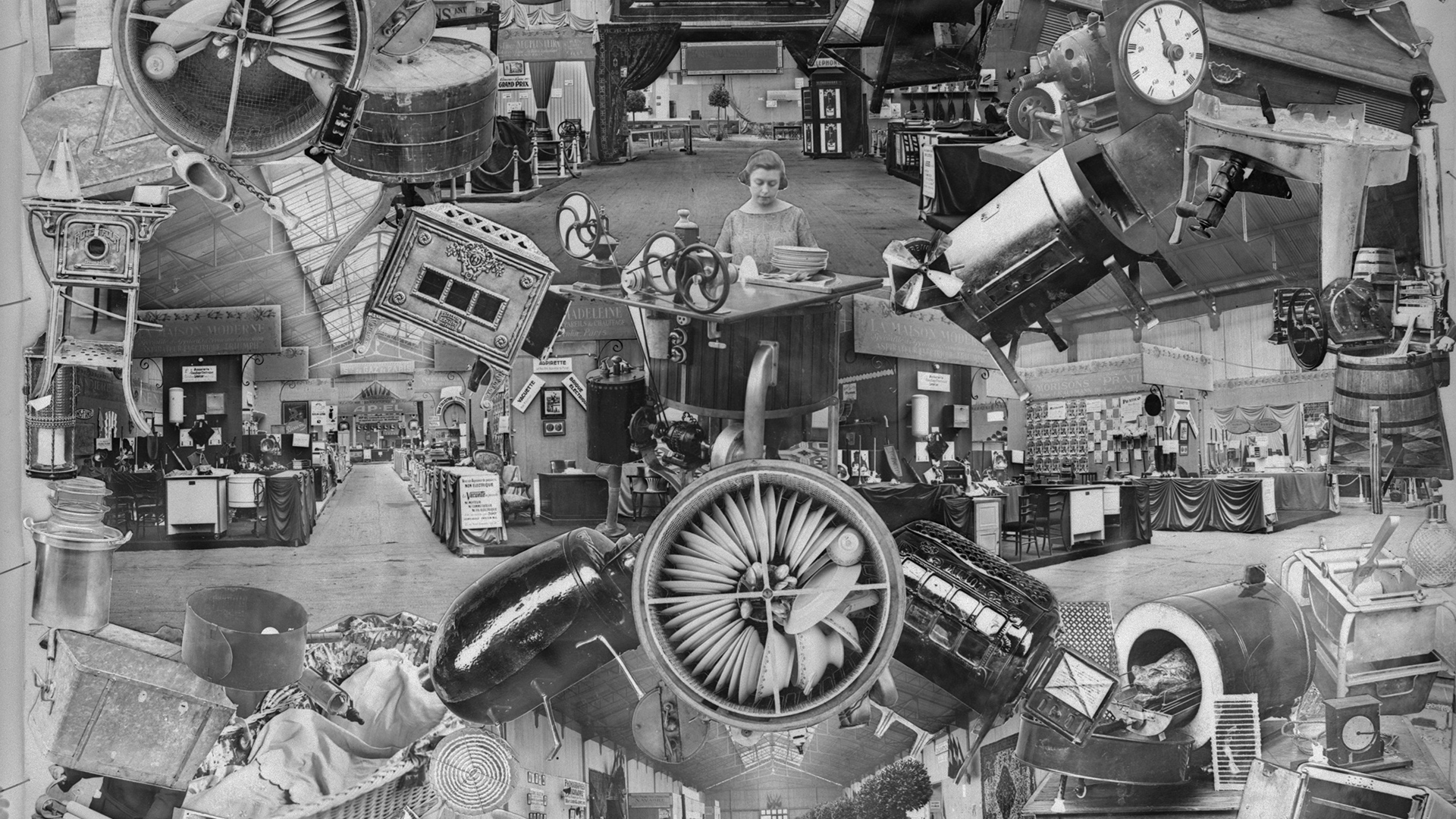Motoscrubber, trench-in plough, micromanipulator, gyroscopic clinometer, penetrometer, inflatable hangar: these terms, as whimsical as they are intriguing, are associated with inventors of boundless imagination. The Saga of Inventions invites you to rediscover numerous early-twentieth-century inventions through the rich archives of the CNRS. We are talking to Luce Lebart, curator of the exhibition.

You’re getting blind.
Don’t miss the best of visual arts. Subscribe for $9 per month or $108 $90 per year.
Already suscribed ?



